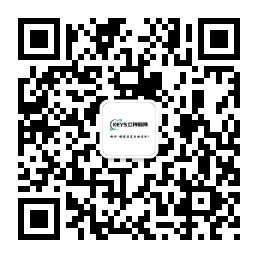E - Mark refers to the European Common Market. For motor vehicles, motorcycles, and their safety - related parts and components, as well as noise and exhaust emissions, they must comply with the provisions of EU directives [EEC Directives] and European Economic Commission regulations [ECE Regulation]. After the products meet the certification requirements, a certificate of conformity will be awarded to ensure the safety of driving and meet the requirements of environmental protection. Depending on the country of certification, the E - Mark has different numbers. For example, if an application is made in Luxembourg, its E - Mark is E13/e13.
Documents Required for E - mark Certification
· A01 New Customer Information Form (Required only when the applicant applies for E/e4, 8 for the first time, otherwise not required).
· A02 Preliminary Audit Form (Required only when the applicant applies for E/e4, 8 for the first time, otherwise not required).
· A03 Contract signed between the applicant and the manufacturer (Required if the manufacturer and the applicant are different, otherwise not required).
· A04 Power of Attorney (Required).
· A05 Application Form (Required).
· A06 Product Consistency Declaration (Required if there are multiple models, otherwise not required).
· A07 Trademark Use Instructions (Required when the applicant uses a brand other than its own, otherwise not required).
· A08 Affiliated Company Declaration (Required if there is an affiliated relationship).
· A10 Agency Letter (Required).
· The manufacturer's ISO certificate (If there is no ISO certificate, a factory inspection is required), and the applicant's business license.
Scope of Applicable Products
· Complete vehicles - Motor - driven vehicles with two or more wheels, such as passenger cars, trucks, motorcycles, buses, and off - road vehicles.
· Parts and components of motor vehicles - Vehicle lights and bulbs, various mirrors, tires, rims, brakes, horns, anti - theft devices, seat belts, automotive glass, exhaust pipes, and other parts and components.
· Accessories for motor vehicles - Helmets, child safety seats, in - car electrical products, and others.
Since October 2002, it has been stipulated that all vehicles, vehicle parts, and electronic products used on vehicles must undergo mandatory EMC testing. All electronic components sold in Europe must comply with the EMC Directive 95/54/EC. Self - declaration based on the EMC Directive 89/336/EEC will no longer be valid. The E/eMark certificate will be issued by the notified body authorized by the EU for vehicle - related products. That is to say, the CE (EMC) certification originally applied for by vehicle - related electronics and electronic components will no longer be valid from October 2002. It is necessary to re - apply for the E/eMark certificate issued by the transportation department of European countries before it can be sold in the European market.
Certification Process
1. The manufacturer prepares technical documents and samples.
2. Conduct testing.
3. For the first application, a factory inspection is required.
(Manufacturers that have obtained quality system certificates such as ISO9000 issued by EU - certified institutions generally do not need to undergo a factory inspection).
4. Submit the test report and the manufacturer's technical documents for review.
5. The transportation department of European countries issues the certificate (The issuing authority may conduct regular or irregular follow - up factory inspections on the production enterprises of the certified products).
